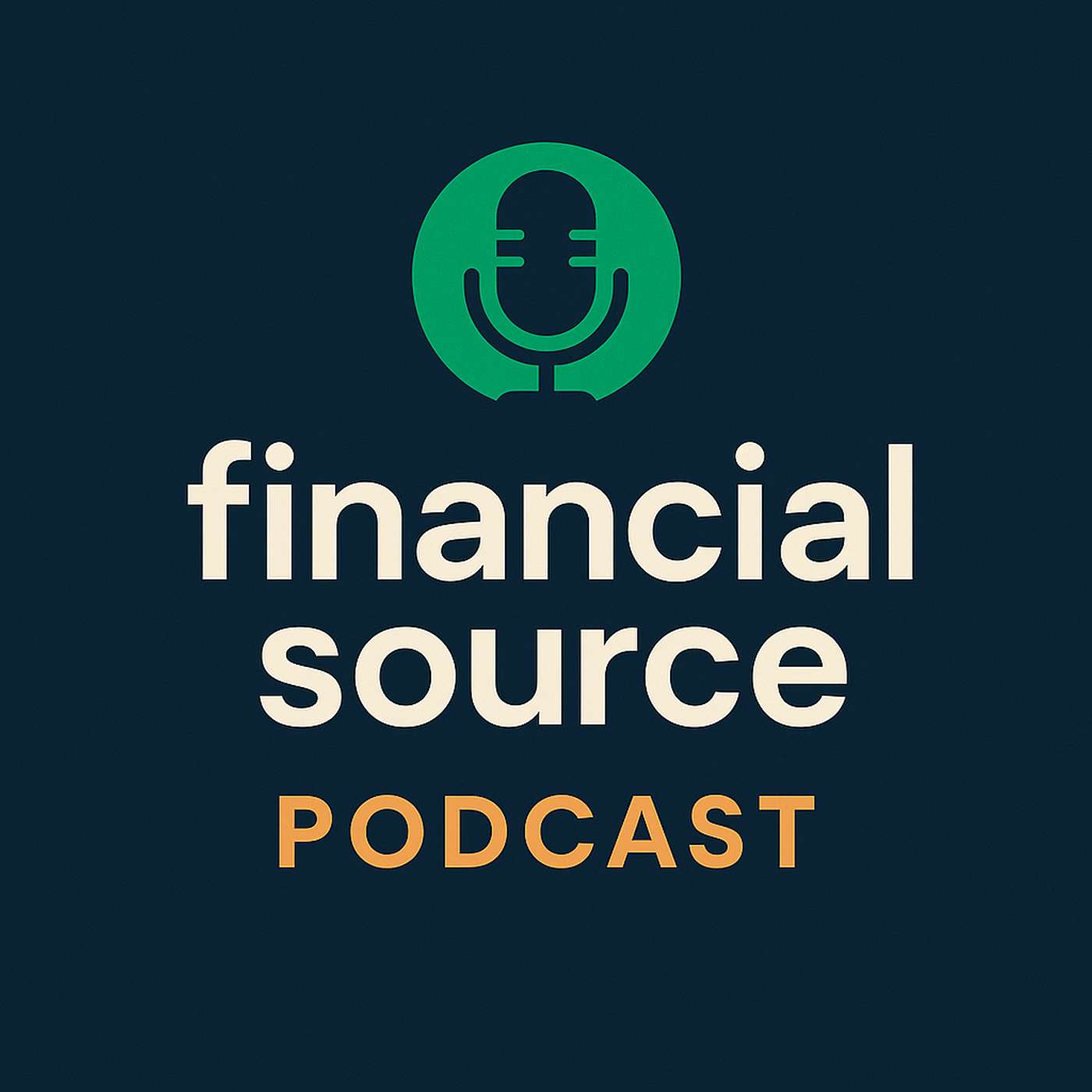Listen "Post-Shutdown Chaos - Why the Dollar Is Falling Despite Fiscal Relief: US Session Update, November 13th"
Episode Synopsis
This episode dissects the market’s uneasy transition from fiscal relief to informational uncertainty. The discussion explores how the end of the U.S. government shutdown failed to stabilize the dollar, how traders are navigating a “data vacuum” with unreliable substitutes, and why safe-haven assets are rallying even as energy markets remain strangely calm. Listeners are taken inside a market caught between relief and risk — where missing data, policy ambiguity, and regional instability are shaping every move across currencies, commodities, and metals.00:03 — Introduction to Market Dynamics: The hosts open by outlining the Financial Source Podcast’s mission to guide traders through key global developments. They set the scene for a volatile week following the U.S. government shutdown, describing how relief quickly gave way to confusion as the dollar weakened amid renewed uncertainty over economic data.00:31 — Post-Government Shutdown Market Analysis: Despite the shutdown ending, markets show no sustained optimism. The dollar loses traction as investors fixate on delayed inflation and jobs data, with the DXY slipping toward weekly lows. The conversation highlights how the absence of clarity has replaced fiscal risk with analytical paralysis, leaving traders without firm footing.01:16 — Understanding the Data Vacuum: The White House warns that critical October reports may be delayed or missing, leaving the Federal Reserve “data blind.” The hosts explain how this unprecedented information gap is disrupting the usual rhythm of macro trading. Without CPI and jobs data, traders are forced to improvise, turning to private surveys and secondary indicators to gauge sentiment — a risky approach with built-in uncertainty.01:55 — Traders’ Adaptation to Uncertainty: Traders pivot toward alternative metrics like ADP employment data and regional Fed surveys, but these inputs often conflict. The episode examines how reliance on fragmented data inflates error margins and increases volatility, particularly in FX markets. The hosts illustrate how the euro and sterling gained primarily from dollar weakness — a technical move masking deep uncertainty beneath the surface.02:45 — Currency Movements and Dollar Weakness: The dollar’s decline triggers broad-based moves in major pairs. The pound recovers from weak GDP data, buoyed by the greenback’s fragility. The hosts note that dollar weakness acts as a “rising tide lifting all boats,” temporarily supporting even weaker economies while distorting cross-asset signals.03:11 — Safe Haven Assets in Focus: Gold rallies strongly while the yen remains capped. The discussion unpacks why Japan’s currency isn’t fully benefiting from global uncertainty — central bank intervention fears are limiting gains. This contrast between gold’s freedom and yen’s containment underscores how institutional control is distorting the classic safe-haven hierarchy.04:00 — Regional Fundamentals and FX Focus: With U.S. data missing, attention shifts to regional performance. Australia’s strong labor data boosts the Aussie dollar, offering one of the few clear fundamental stories in global FX. The hosts emphasize how markets are rewarding transparency, even on a regional scale, as investors search for reliable signals.04:42 — Impact of Trade Policies on Currency Valuation: In the absence of hard data, trade policies take on outsized influence. Washington’s tariff revisions and the EU’s crackdown on cheap imports dominate sentiment. The hosts explain how renewed protectionism is reshaping inflation dynamics and trade competitiveness, fueling volatility in both developed and emerging market currencies.05:28 — Gold’s Response to Market Conditions: Gold climbs toward $4,235 per ounce as investors hedge against both policy confusion and global risk. The segment explores how a weaker dollar and missing data have reignited demand for tangible safety. The hosts identify this as a structural “risk-off” moment that could persist until official economic indicators return.06:09 — Energy Market Stability Amidst Volatility: Oil remains surprisingly stable despite geopolitical tensions. Brent and WTI hover near $60 as markets prioritize long-term oversupply risks following OPEC’s updated projections. The discussion highlights how containment narratives and energy policy realism are tempering price shocks even amid Middle East and Russia–Ukraine conflicts.06:48 — Global Risk Structures and Regional Instability: The analysis widens to the Asia-Pacific region, where the Bank of Japan reiterates its readiness to intervene against disorderly moves. Japan’s stance, combined with renewed China–Japan tensions, adds another layer of uncertainty. The hosts link these developments to base metal performance, noting that copper’s resilience reflects cautious optimism about industrial recovery.07:33 — Copper as an Economic Indicator: Copper’s rise signals returning industrial confidence despite macro fog. Its rally suggests markets still see the U.S. reopening as a net positive for global demand. However, equities trade cautiously, reflecting the broader unease of trading without solid macro data.08:14 — Navigating a Data-Dependent Market: The absence of reliable data leaves traders navigating in near-total darkness. With Washington silent, global markets shift focus toward geopolitical cues and secondary data sets. The hosts pose a central question: what weaknesses might go undetected when the market relies on substitute data for too long?09:02 — Conclusion and Future Considerations: The episode concludes with a reflection on how missing data has reshaped global trading psychology. Volatility remains elevated, and trust in traditional indicators has eroded. The hosts thank listeners for joining and emphasize that adaptability — not certainty — will define successful trading in the weeks ahead.For more professional market insights and macroeconomic analysis, subscribe to the Financial Source Podcast — your essential guide to understanding what truly moves global markets.
More episodes of the podcast The Financial Source Podcast
The Dollar Stays Strong While Political Chaos Hits the Pound: US Session Update, November 12th
12/11/2025
Oil and Gold Surge Together — What’s Driving This Unlikely Rally?: US Session Update, November 11th
11/11/2025
Why Smart Money Is Buying Gold Even as Risk Appetite Returns: London Session Update, November 11th
11/11/2025
ING's Main Calls for 2026
10/11/2025
 ZARZA We are Zarza, the prestigious firm behind major projects in information technology.
ZARZA We are Zarza, the prestigious firm behind major projects in information technology.
